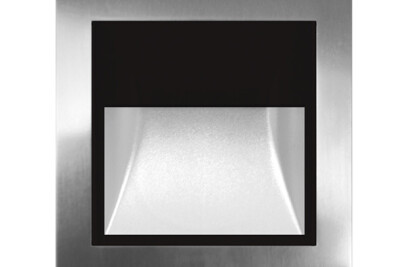In spring 1990, San Sebastián’s City Hall organized an invitational competition to build an auditorium and congress center on the plot where the Gran Kursaal casino had stood. This was not the first attempt to build on that site. An international competition had been called in the 1960s and won by Polish architect Lubicz-Nycz. Later, after consultations with various architects, the team formed by Corrales, Peña Ganchegui, and Vázquez Molezún was tasked to raise an apartment building, construction of which, however, eventually came to a halt.
The perimeter offered to the 1990 competitors – Mario Botta, Arata Isozaki, Corrales/Peña Ganchegui/Molezún, Norman Foster, and Rafael Moneo – was that of the foundations of this would-be apartment building. Rafael Moneo’s proposal carried the day and construction began in 1992 (en-Wikipedia-pone-que-1996,-y-en-la- página-del-Kursaal,-pone-que-1995) and ended in 1999.
The Kursaal’s architecture responds to its specific location, the mouth of the Urumea River, and it is hardly a figure of speech to say that this geographical feature was its source of inspiration. The architect’s idea was to prevent it from becoming a mere extension of the urban form, as suggested by the Avenida de la Zurriola.
This refusal to merely extend the urban fabric meant that conventional architecture was to be deliberately ignored, and the alternative was a building that could stay true to the geographic character of that plot. This is what led to the two cubes, abstract volumes able to absorb and contain the program while becoming part of the landscape, nodding at Mount Urgull and Mount Ulia: the cubes, two giant beached rocks that honor the geography, making eye contact with the two mountains.
The challenge was to maintain the proposal’s abstraction while materializing and turning it into a building. This made the architect explore the potential of a material he had never worked with before: glass. Last but not least, the building is – for myriad reasons – indebted to the Sydney Opera House, on the one hand, and to the sculptures of Jorge Oteiza, on the other, as it was probably Oteiza who taught us how primary solids come alive when made sensitive to intervention, whether a sculptor’s or an architect’s, both having the power to animate them and instill in them the yearning for movement.






























